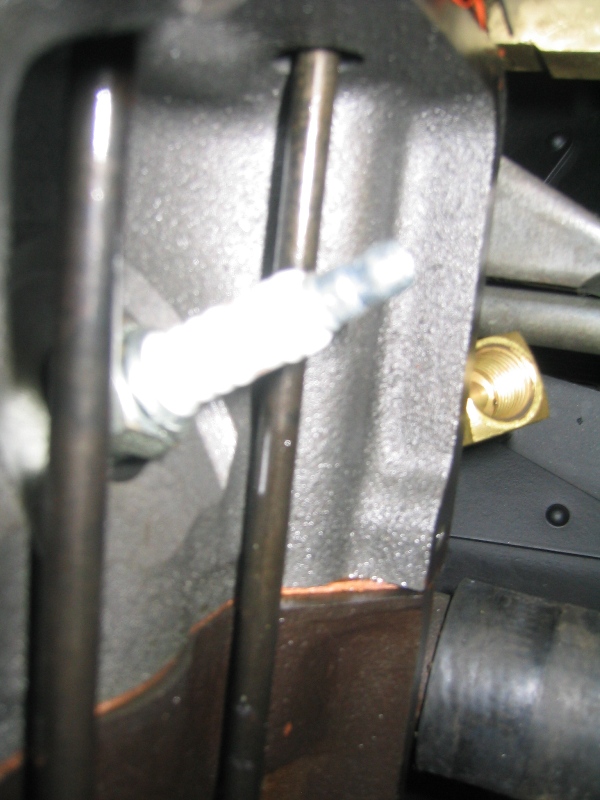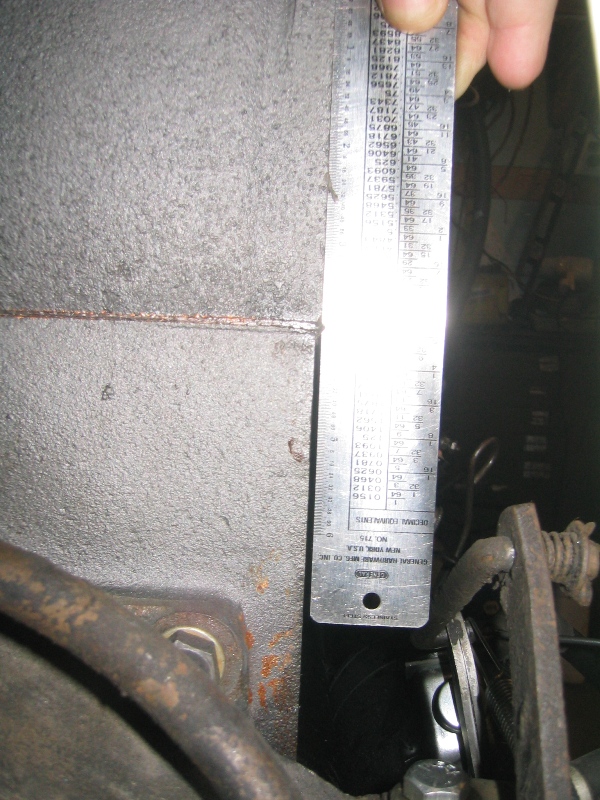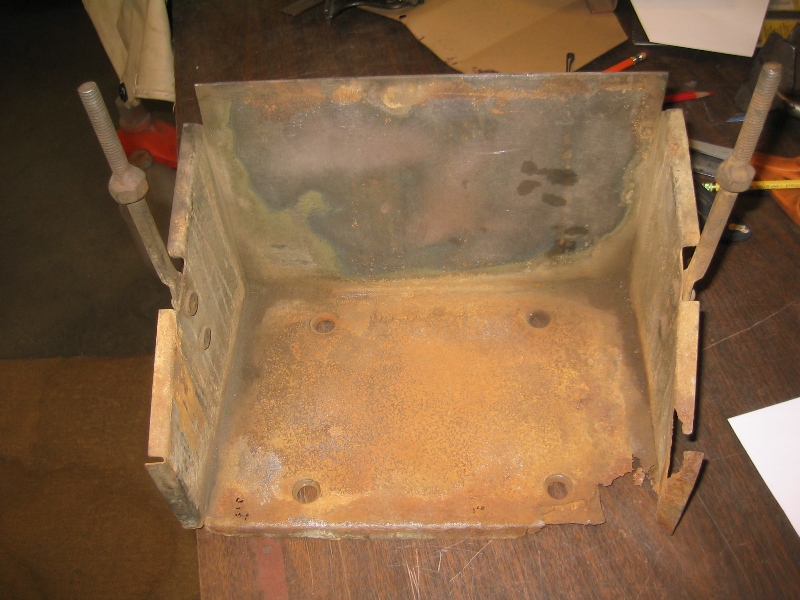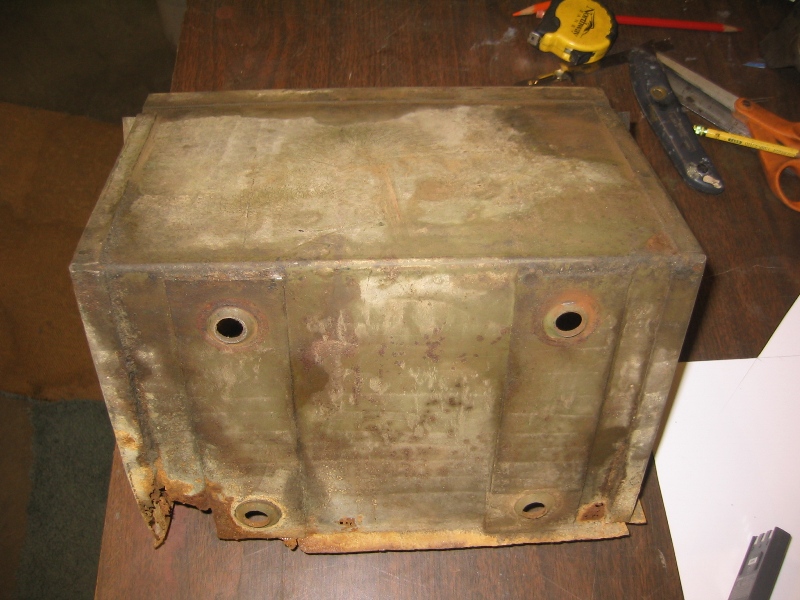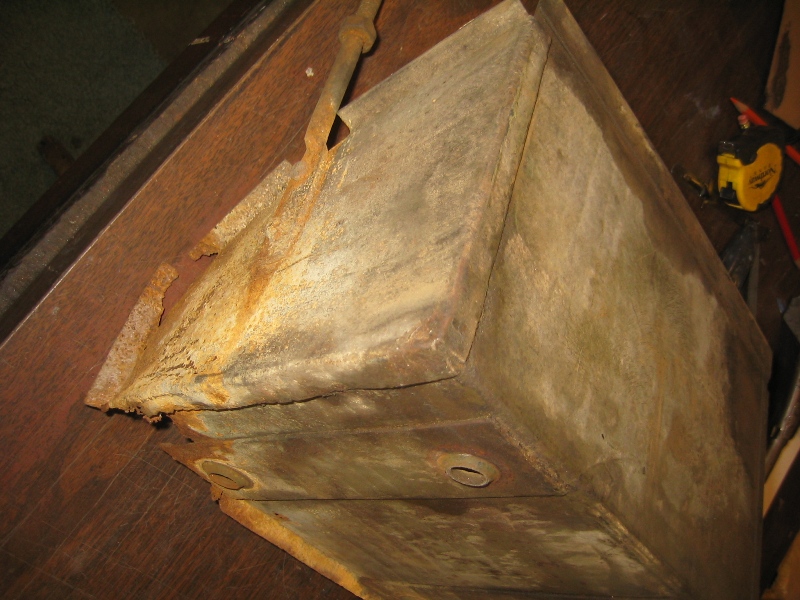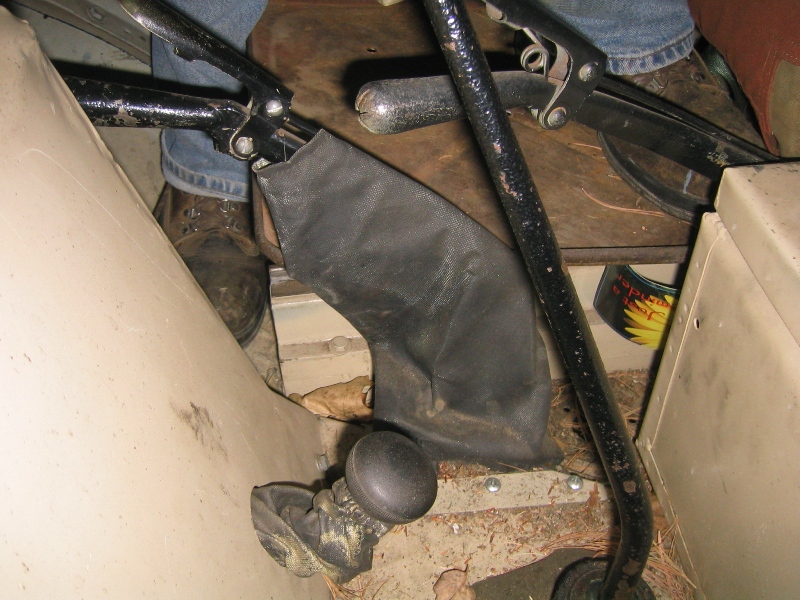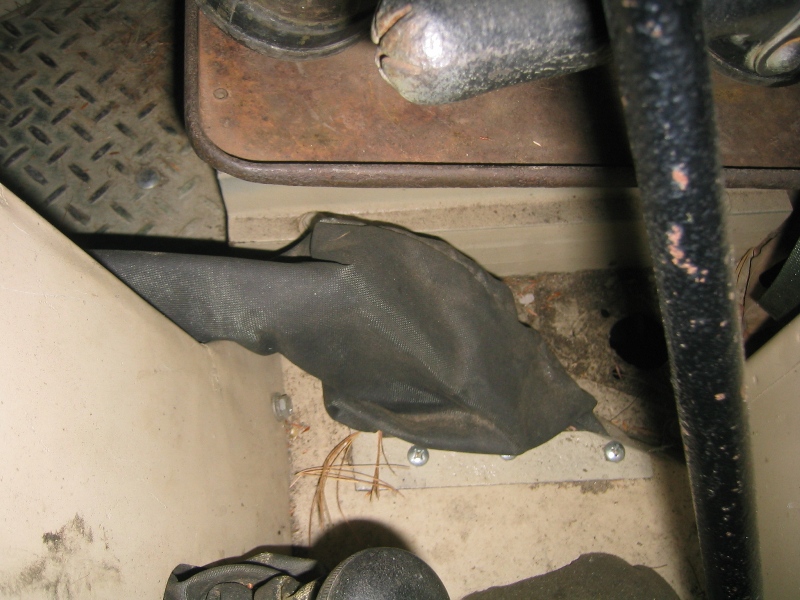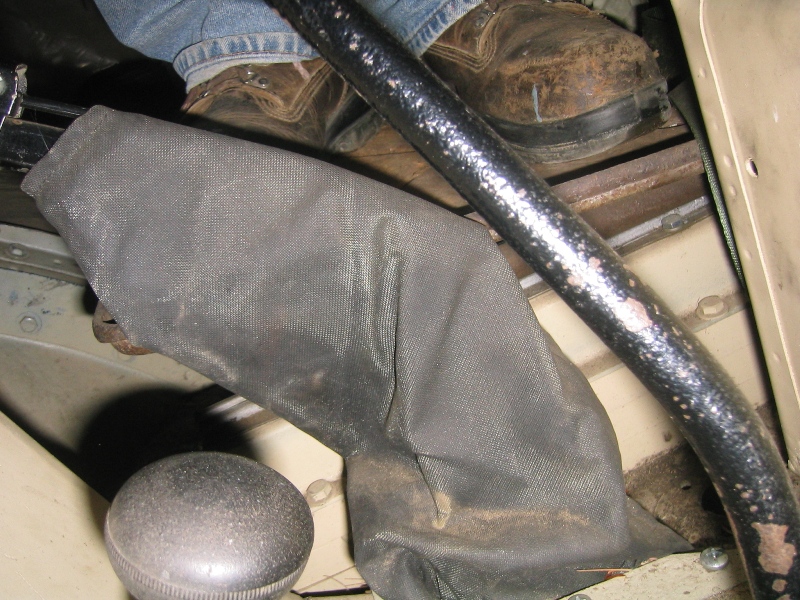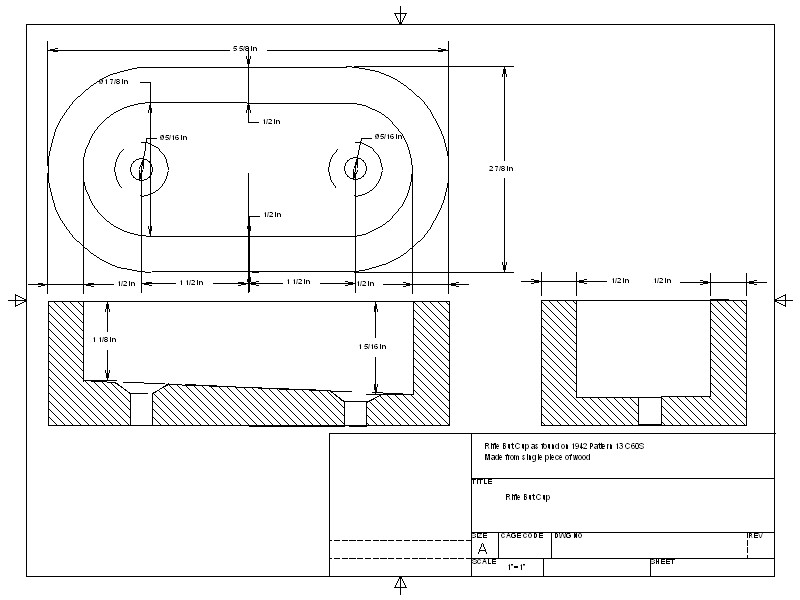
Because it is difficult to install or work on the any CMP I've gone over to using test stands, to do the assembly and then testing before the engine goes into the truck. (See Engine Testing) Actually I now have four base units which are used to store assembled engines in the shop. Each base unit is setup to take the radiator from the subject truck or a separate test radiator. Likewise the bases are set to take the instrument panel shown on this page.

Here is the engine control/instrument panel that goes with the test stand. The push button connection strip setup allows setting the unit up for a variety of engines. Shown above is the basic gauges, used for the last few years, left to right OIL PRESSURE, MECHANICAL TEMPERATURE, AMPMETER, VACUUM GAUGE, FUEL PRESSURE. Above that was a Tachometer/Engine Hour unit which was never satisfactory.

To better understand what is going on with the engine, when testing on the engine for the HUP started in January, I added second MECHANICAL TEMPERATURE GAUGES so that the engine temperature at the thermostat housing (below left) and the rear of the engine (below right)
The other addition to the instrument panel at that time was a Tachometer which though not as finely gradated as desired (wanted one that was 0-4000 RPM) this unit works much better previous one. It will work with any conventional point ignition.
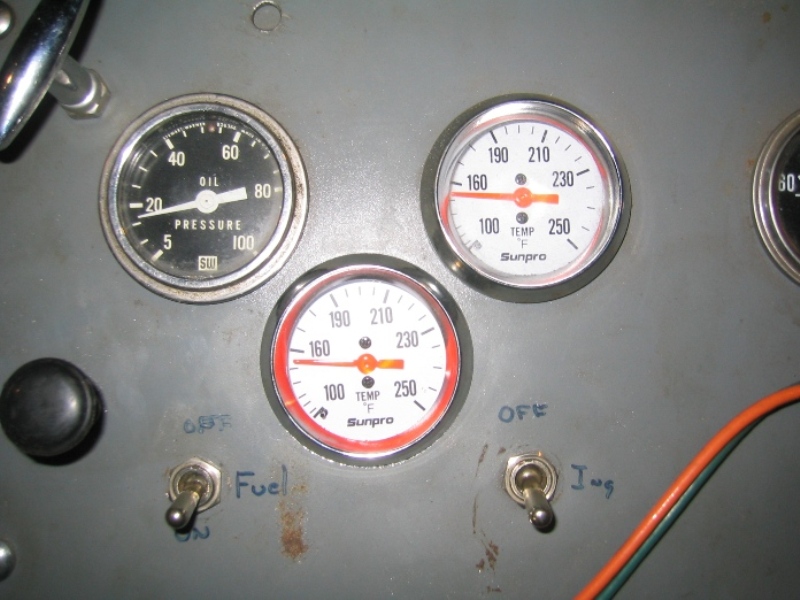
In the picture at right and above shows that the engine is actually very even front to rear when it has been running for awhile. One point that this has shown me is that adding a bypass hose between what would be heater connections on the thermostat housing and the water pump. Without this bypass the engine temperature at the rear of the block will go up to 190 before the thermostat first opens the temperature of the block front and rear would then yo-yo up and down as slugs of cold water from the radiator pass into the engine. With the bypass in place the front and rear of the engine come up to the thermostat design temp in this case 180 degrees steadily, staying with 5-15 degrees of each other. Then at the temperature value the opens more slowly so that the engine temp doesn't seem to yo-yo up and down as much.


